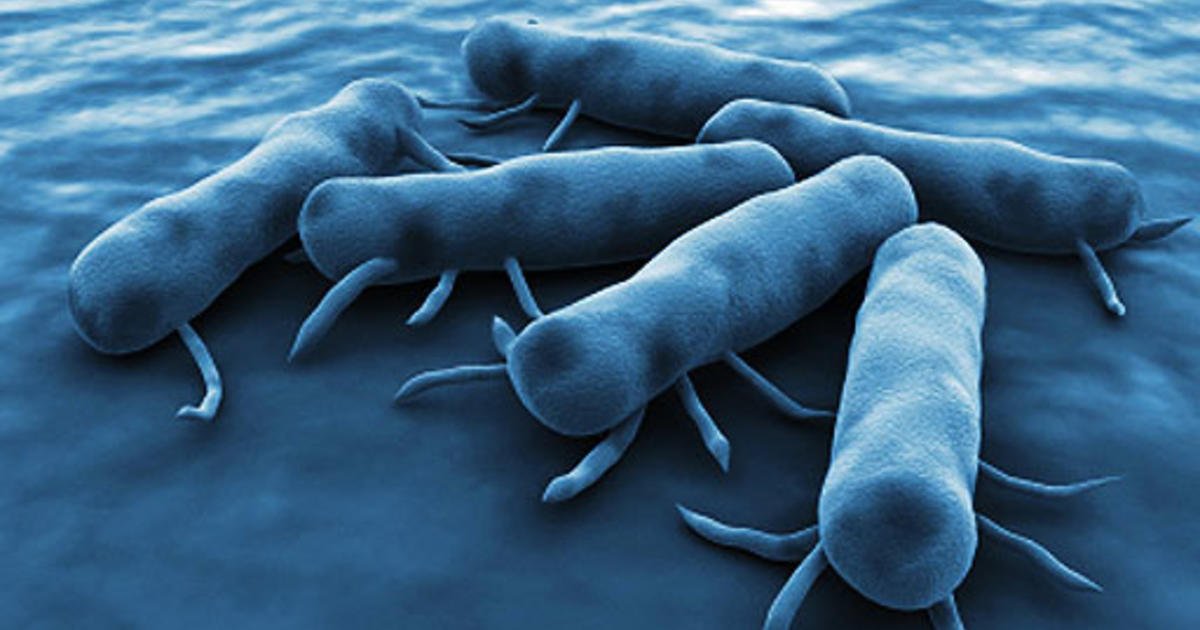Symptoms of Salmonella Poisoning: Recognizing the Invisible Threat
Salmonella poisoning, caused by the Salmonella bacteria, is a prevalent but often underestimated health concern. This article aims to shed light on the symptoms of this infection, emphasizing the importance of early recognition for prompt medical intervention.
I. Introduction
A. Definition of Salmonella Poisoning
Salmonella poisoning, also known as salmonellosis, is an infection caused by the Salmonella bacteria. It commonly occurs through the consumption of contaminated food or water, posing a significant public health risk.
B. Importance of Recognizing Symptoms Early
Early identification of salmonella poisoning symptoms is crucial for timely treatment and preventing complications. Let’s explore the common and uncommon signs that can help individuals identify this illness promptly.

II. Common Symptoms
A. Gastrointestinal Symptoms
1. Nausea and Vomiting
One of the initial indicators of salmonella poisoning is nausea, often accompanied by vomiting. These symptoms may arise within hours of consuming contaminated food.
2. Diarrhea
Frequent and watery diarrhea is a hallmark symptom. Dehydration is a concern, making it essential to replenish fluids lost during illness.
B. Fever and Body Aches
A rise in body temperature and generalized body aches are common. Monitoring these symptoms aids in early detection.
C. Abdominal Cramps
Intense abdominal cramps can cause significant discomfort. Recognizing this symptom is crucial for seeking medical attention promptly.
III. Uncommon Symptoms
A. Headache and Dizziness
In some cases, individuals may experience headaches and dizziness, often overlooked as common ailments. These symptoms can be early indicators of salmonella poisoning.
B. Blood in Stool
The presence of blood in stool signifies a more severe form of the infection. Immediate medical consultation is imperative.
C. Joint Pain
Unexplained joint pain may occur, adding to the complexity of symptoms. Understanding these less common signs is vital for comprehensive awareness.
IV. Special Considerations
A. Symptoms in Children
Children may exhibit symptoms differently. Parents should be vigilant for signs such as irritability, lethargy, and changes in eating habits.
B. Symptoms in Older Adults
Seniors may experience more severe symptoms, making it essential to promptly address any signs of salmonella poisoning.
C. When to Seek Medical Attention
Persistent symptoms, especially in vulnerable populations, warrant medical attention. Delayed treatment can lead to complications.
V. Causes and Sources
A. Contaminated Food
Contaminated poultry, eggs, and unpasteurized dairy are common sources. Proper food handling and cooking can prevent infection.
B. Unsanitary Practices
Poor hygiene, especially in food preparation and handwashing, contributes to the spread of Salmonella. Educating individuals on sanitation is key.
C. Animal Contact
Direct or indirect contact with infected animals can also lead to salmonella poisoning. Awareness of potential sources is crucial for prevention.
VI. Prevention
A. Safe Food Handling
Thoroughly cooking food, proper storage, and avoiding cross-contamination reduce the risk of infection.
B. Hygiene Practices
Frequent handwashing, especially after handling raw meat or animals, is essential. Simple hygiene measures go a long way in preventing salmonella poisoning.
C. Vaccination
Certain populations may benefit from vaccination, providing an additional layer of protection against severe forms of salmonellosis.
VII. Treatment
A. Fluid Replacement
In mild cases, staying hydrated can aid recovery. Severe dehydration may necessitate medical intervention.
B. Antibiotics in Severe Cases
Antibiotics may be prescribed for severe cases. However, their use depends on various factors and should be determined by a healthcare professional.
C. Hospitalization
In extreme cases, hospitalization may be required for intensive treatment and monitoring.
VIII. Recovery and Aftercare
A. Gradual Resumption of Normal Diet
After recovering, individuals should gradually reintroduce normal foods to ensure their digestive system has fully healed.
B. Follow-up Medical Checkups
Regular checkups post-recovery help ensure there are no lingering complications and aid in overall well-being.
C. Emotional Well-being
The impact of a salmonella infection goes beyond physical health. Addressing emotional well-being during and after recovery is essential for a holistic approach to healing.
IX. Real-life Stories
A. Personal Experiences with Salmonella Poisoning
Real-life stories provide insight into the challenges and triumphs of those who have faced salmonella poisoning. Learning from others’ experiences can enhance awareness.
B. Lessons Learned
Examining the lessons learned from personal experiences emphasizes the need for preventative measures and underscores the importance of recognizing symptoms early.
X. Conclusion
A. Recap of Key Points
Understanding the symptoms of salmonella poisoning is the first line of defense against this invisible threat. Early recognition, coupled with proper treatment and preventative measures, can significantly reduce the impact of this infection on individuals and communities.
B. Emphasis on Early Recognition
Emphasizing the significance of early symptom recognition is vital for preventing the spread of salmonella and minimizing its consequences. Stay informed, stay vigilant.
FAQs
- Is salmonella poisoning always caused by contaminated food?
- No, while contaminated food is a common source, direct or indirect contact with infected animals can also lead to salmonella poisoning.
- What are the long-term effects of salmonella poisoning?
- Long-term effects can include joint pain, digestive issues, and in rare cases, chronic arthritis.
- Can children fully recover from salmonella poisoning?
- Yes, with prompt and appropriate medical care, children can fully recover from salmonella poisoning.
- Are antibiotics always necessary for treating salmonella poisoning?
- Antibiotics may be prescribed for severe cases, but their use depends on the specific circumstances and should be determined by a healthcare professional.
- How can I prevent salmonella poisoning at home?
- Practicing safe food handling, maintaining good hygiene, and considering vaccination, especially for vulnerable populations, are key preventive measures.

